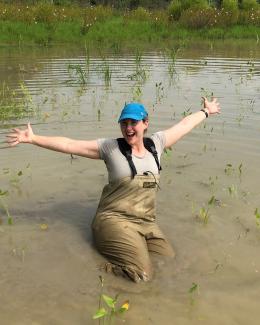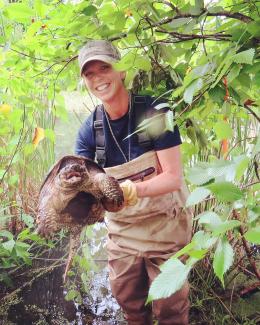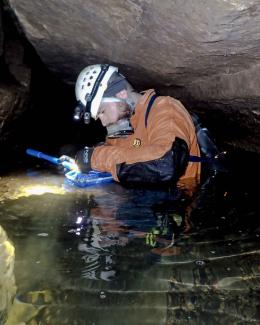Abstract
Stable habitat connections that wildlife can safely traverse are essential to biodiversity conservation and healthy ecosystems. We developed high-resolution landscape connectivity models to predict resistance to movement by a threatened wetland-obligate amphibian, the four-toed salamander (Hemidactylium scutatum), and identified priority management areas on the 13,000-ha Department of Energy Oak Ridge Reservation (ORR) from 2019 to 2022. We developed a resistance surface based on aerial light detection and ranging data (LiDAR), >30 years of field-based mapping of forest, hydrologic, and geologic features, and contemporary population surveys, alongside derived predictors at <1-m resolution. We then modeled predicted movement corridors using a circuit theory-based modeling approach. We worked closely with land management and natural resources personnel to integrate ecological modeling with broader land use priorities, monetary costs, and feasibility. We identified important terrestrial and aquatic areas on ORR and simulated management scenarios to promote stable connections for four-toed salamanders. This approach allowed us to narrow down a list of 438 potential habitat manipulation sites to 10 sites where open-bottomed culverts and buffers could be implemented. This smaller-scale restoration approach produced a similar increase in landscape connectivity while costing <20% of a larger-scale approach based on barrier removal. We successfully identified feasible, cost-effective management strategies that integrated knowledge from a variety of sources. We offer a strategy that permitted integration of wildlife management goals into infrastructure upgrades wherein wildlife was not an initial consideration.






